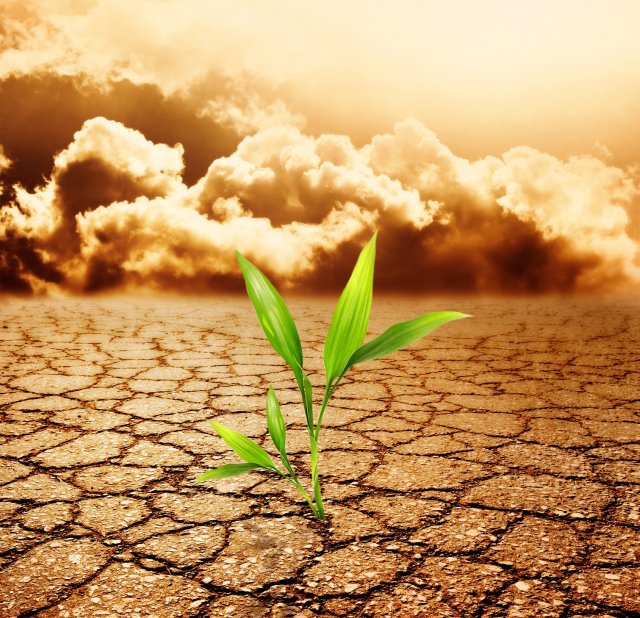
Planetary boundaries are those considered crucial to maintaining an environment in which humanity can safely exist.
Nobel Prize-winning atmospheric chemist Paul Crutzen, US climatologist James Hansen and Johan Rockstrom from the Stockholm Resilience Centre, developed an analysis of nine of these boundaries some years ago.
Alongside climate change, they include ocean acidification, ozone depletion, fresh water use, change in land use, biodiversity loss, chemical pollution, atmospheric aerosol loading and the nitrogen and phosphorous cycles.
Two recently released studies, led by Professor Will Steffen from the Australian National University and Stockholm Resilience Centre, show that four of these planetary boundaries have gone beyond safe levels.
Conducted over five years, the research shows that human-driven climate change, biodiversity loss, land use change, and the levels of phosphorous and nitrogen entering the world’s oceans are shifting the Earth into a previously unknown state, which is becoming less hospitable to human life.
Biodiversity loss is resulting in species becoming extinct at a rate more than 100 times faster than the previous norm; the amount of nitrogen entering the oceans has quadrupled since 1950; carbon dioxide levels have reached the highest level ever at 395.5 parts per million; and human-induced changes in land use have led to a disruption in the provision of nutrients and fresh water, together with a loss in pollination.
We were forewarned of this in 1972 when Limits to Growth, a study by ecologists and economists that extrapolated into the future the economic growth of previous decades, predicted ecological and economic collapse in the 21st century if the overuse of resources continued.
The climate change deniers of the time criticised the analysis for its methodology. But a further study in 2008 by Australia’s Commonwealth Scientific and Industrial Research Organisation (CSIRO), which compared what had actually occurred since 1978 against the predictions made in 1972, found that the two in fact lined up and were on track to continue doing so.
A recent climate report by the CSIRO and the Bureau of Meteorology now shows that Australia will be subject to a wide range of adverse events caused by human-caused climate change.
These include heavier rainstorms, less total rain, fewer but more severe cyclones, an increased risk of bushfires, and hotter days.
The CSIRO’s principal research scientist Kevin Hennessy said: “We also have very high confidence that sea levels will rise, oceans will become more acidic, and snow depths will decline.”
Australia is also a significant contributor to the global changes in land use that Steffen says is a more important issue than climate change. “We are clearing land,” he said. “We are degrading land, we introduce feral animals and take the top predators out, we change the marine ecosystem by overfishing — it’s death by a thousand cuts.”
As John Bellamy Foster and Fred Magdoff have said, we need to recognise that we, as human beings, are a part of nature, not apart from nature. And as the science continues to warn us, the need for this recognition becomes more urgent as each day passes.
Like the article? Subscribe to Green Left now! You can also like us on Facebook and follow us on Twitter.